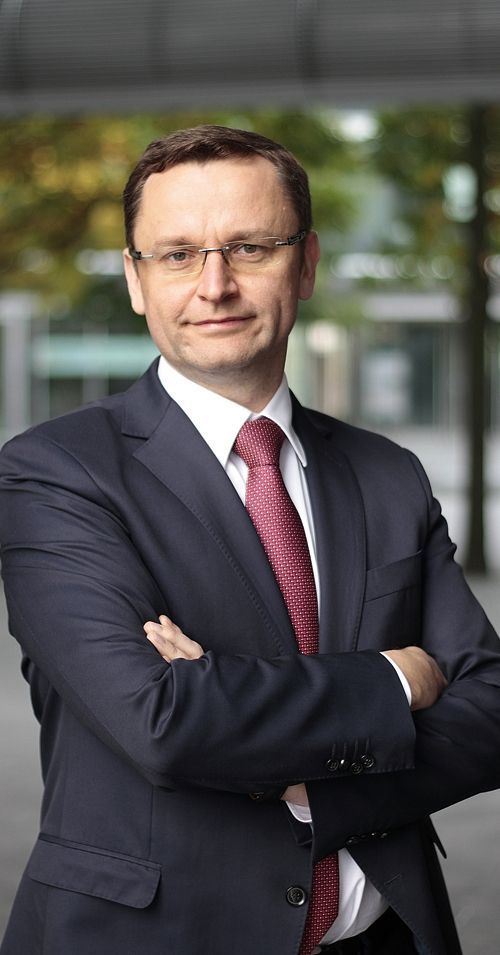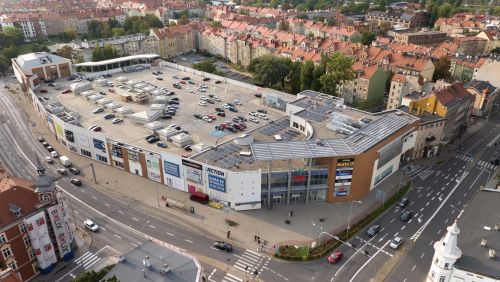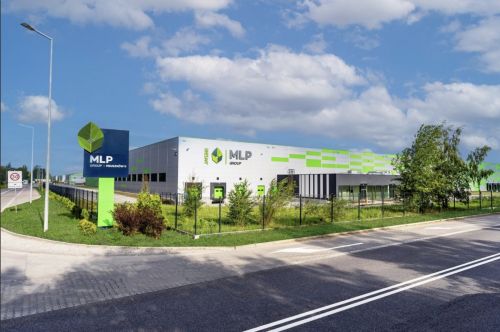For some time, the activity of tenants in the production sector on the Polish warehouse and industrial market has been gradually building. According to this year’s ‘Logistics vs. Production’ report by Colliers International, the trend started in 2009. “Production companies are increasingly willing to modify their business strategies and to lease a production area rather than build their own plants,” explains Maciej Chmielewski, the director of the industrial and logistics department at Colliers International. This view is shared by developers. “Over the last few years the demand for production space has clearly been increasing. Prologis has been shaping this market since the beginning and some companies have already been operating their production business in our buildings for eight years now,” claims Paweł Sapek, the head of Prologis Poland. Around 10 pct of the company’s portfolio is currently occupied by pr































































